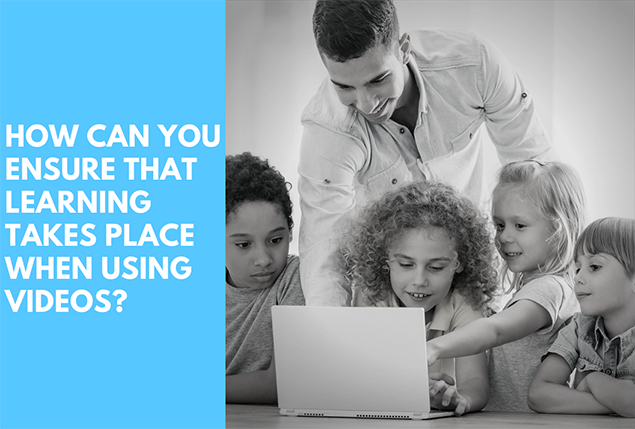7 Tips to Implement Videos Effectively in the Classroom
Posted by Network Support · Leave a Comment
7 Tips to Implement Videos Effectively in the Classroom
Videos are fun and interesting to use – but what makes videos exceptional resources for the classroom? Videos are effective because:
- They cater to multiple learning styles.
- Videos activate visual memory.
- Students are more attentive and focused when videos are used.
On the downside, it is easy for students to get caught up just “watching the video” as opposed to actively learning. This can be avoided by using these tips while implementing videos in the classroom:
Purpose: Have a clear reason for showing videos. Is it to introduce concepts, reinforce knowledge, or elaborate on ideas? This way, teachers can help students connect classroom information with the videos shown.
Videos do not equal lessons: Students must understand that videos are not full lessons nor are they used as time fillers. Teachers use videos to supplement teaching, and to help students think and learn through images, which are more easily retained than words on paper.
Preview: Previewing videos can help teachers:
- Ensure that video content is appropriate, connected to the topic, and relevant to learning objectives.
- Identify new vocabulary, concepts or ideas for students to learn.
- Identify segments where interaction and student responses can be initiated.
- Edit and use only the segments that facilitate learning.
Draw students’ attention: Help students pay attention to the videos by instructing them to focus on a particular image or audio. Another way to encourage active viewing is to write prompts or questions for students to consider prior to viewing the video. Students can be instructed to watch the video for answers and respond on paper, or in real time using tools like Twitter.
Space out the use of videos: Teachers can prepare video segments and use them at intervals during the lecture. By segmenting the videos, teachers can deliver the content in small chunks which students can better understand and retain.
Use activities to strengthen learning: Teachers can make the use of videos more effective by incorporating meaningful activities before and after the video. Pre-viewing activities prepare students for the video while post-viewing activities can help students consolidate the information presented to them via lecture and video.
Manipulate the video: Technology allows us to manipulate videos to enhance learning in many ways, including:
- Pausing the video to comment, clarify, discuss, and encourage student interaction and responses.
- Freezing and zooming in to view images more closely
- Viewing frame by frame to see the emerging details of an event.
- Rewinding or fast-forwarding so that students can review the video again to find and clarify information.
Use of these tips can help teachers ensure that videos are effectively used to meet learning objectives in the classroom.
Like this article for teachers?
Browse the Professional Learning Board COURSE CATALOG to find related online courses for teachers in your state. Professional Learning Board is a leading provider of online professional development classes that teachers use to renew a teaching license or renew a teaching certificate.





